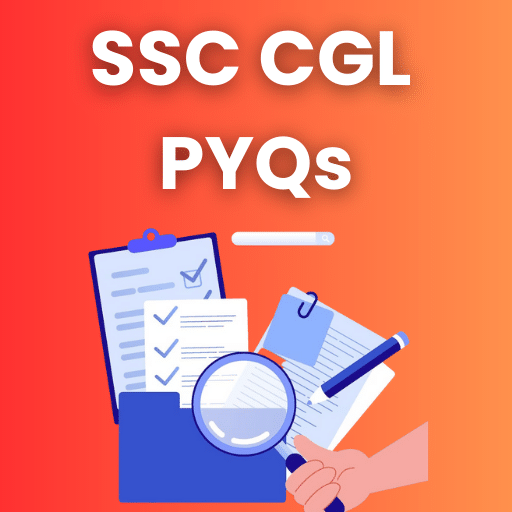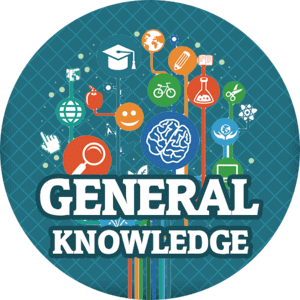Best Study Material for SSC CGL Exam
SSC CGL Exam > SSC CGL Notes > SSC CGL Tier 2 - Study Material, Online Tests, Previous Year > PPT - Structuring Database for Accounting
PPT - Structuring Database for Accounting | SSC CGL Tier 2 - Study Material, Online Tests, Previous Year PDF Download
| Download, print and study this document offline |
Please wait while the PDF view is loading
Page 1 Chapter 1 Page 2 Chapter 1 Learning Objective ? Define Database Management System (DBMS) and database ? Describe the advantages and disadvantages of DBMS to file based system. ? Analyses structure models in Database Page 3 Chapter 1 Learning Objective ? Define Database Management System (DBMS) and database ? Describe the advantages and disadvantages of DBMS to file based system. ? Analyses structure models in Database Definitions Database: ? A very large, integrated collection of data. ? Models real-world enterprise. ? Entities (e.g., students, courses) ? Relationships (e.g., Madonna is taking CS564) Database Management System (DBMS) ? a software package designed to store and manage databases. ? Examples of Database Applications: • Banking: all transactions • Airlines: reservations, schedules • Universities: registration, grades Page 4 Chapter 1 Learning Objective ? Define Database Management System (DBMS) and database ? Describe the advantages and disadvantages of DBMS to file based system. ? Analyses structure models in Database Definitions Database: ? A very large, integrated collection of data. ? Models real-world enterprise. ? Entities (e.g., students, courses) ? Relationships (e.g., Madonna is taking CS564) Database Management System (DBMS) ? a software package designed to store and manage databases. ? Examples of Database Applications: • Banking: all transactions • Airlines: reservations, schedules • Universities: registration, grades Purpose of Database Systems ? In the early days, database applications were built directly on top of file systems ? Drawbacks of using file systems to store data: ? Data redundancy and inconsistency ? Multiple file formats, duplication of information in different files ? Difficulty in accessing data ? Need to write a new program to carry out each new task ? Data isolation — multiple files and formats Page 5 Chapter 1 Learning Objective ? Define Database Management System (DBMS) and database ? Describe the advantages and disadvantages of DBMS to file based system. ? Analyses structure models in Database Definitions Database: ? A very large, integrated collection of data. ? Models real-world enterprise. ? Entities (e.g., students, courses) ? Relationships (e.g., Madonna is taking CS564) Database Management System (DBMS) ? a software package designed to store and manage databases. ? Examples of Database Applications: • Banking: all transactions • Airlines: reservations, schedules • Universities: registration, grades Purpose of Database Systems ? In the early days, database applications were built directly on top of file systems ? Drawbacks of using file systems to store data: ? Data redundancy and inconsistency ? Multiple file formats, duplication of information in different files ? Difficulty in accessing data ? Need to write a new program to carry out each new task ? Data isolation — multiple files and formats ? Drawbacks of using file systems (cont.) ? Integrity problems ? Integrity constraints (e.g. account balance > 0) become “buried” in program code rather than being stated explicitly ? Hard to add new constraints or change existing ones ? Atomicity of updates ? Failures may leave database in an inconsistent state with partial updates carried out ? E.g. transfer of funds from one account to another should either complete or not happen at allRead More
|
1366 videos|1313 docs|1016 tests
|
FAQs on PPT - Structuring Database for Accounting - SSC CGL Tier 2 - Study Material, Online Tests, Previous Year
| 1. How should a database be structured for accounting purposes? |  |
| 2. What are the benefits of structuring a database for accounting? |  |
Ans. Structuring a database for accounting provides several benefits. It allows for easier data entry and retrieval, ensuring accurate and timely financial reporting. It also enables better organization and analysis of financial data, facilitating decision-making processes. Furthermore, a well-structured database enhances data integrity and security, reducing the risk of errors or unauthorized access.
| 3. How can a structured database improve financial reporting in accounting? |  |
Ans. A structured database improves financial reporting in accounting by providing a centralized and organized repository for financial data. It allows for efficient data retrieval and analysis, enabling the generation of accurate and timely financial reports. With a well-structured database, accountants can easily track and summarize financial information, ensuring the reliability and completeness of financial statements.
| 4. What considerations should be taken into account when designing a database for accounting? |  |
Ans. When designing a database for accounting, several considerations should be taken into account. These include identifying the specific needs and requirements of the accounting system, determining the appropriate data fields and tables, establishing relationships between tables, implementing data validation rules, and ensuring proper data security measures. It is also important to consider scalability and flexibility to accommodate future growth and changes in the accounting system.
| 5. Are there any potential challenges in structuring a database for accounting? |  |
Ans. Yes, there can be potential challenges in structuring a database for accounting. Some common challenges include data redundancy, where the same information is stored in multiple tables, which can lead to inconsistencies and errors. Another challenge is maintaining data integrity, ensuring that the data remains accurate and consistent throughout the database. Additionally, designing a database that meets the specific needs and requirements of the accounting system can be complex and time-consuming. It is important to carefully plan and analyze the accounting processes to overcome these challenges effectively.
Related Searches






























